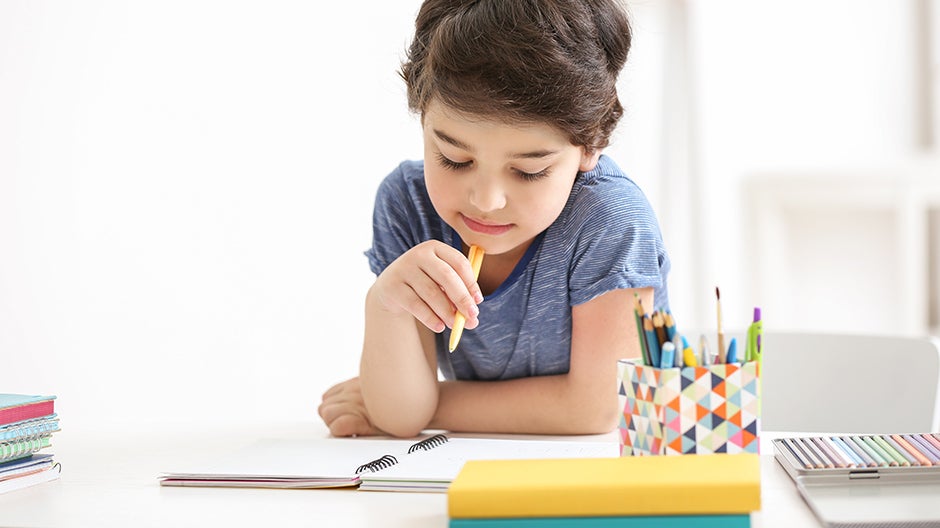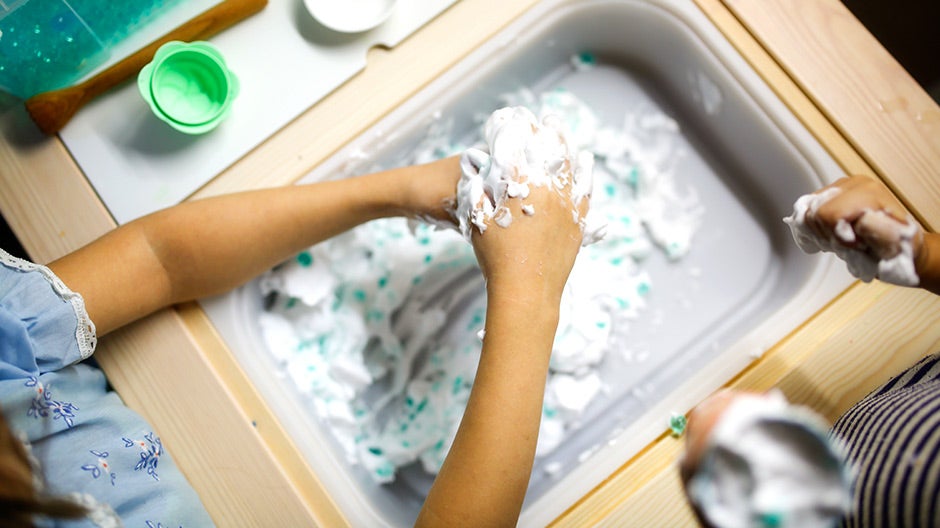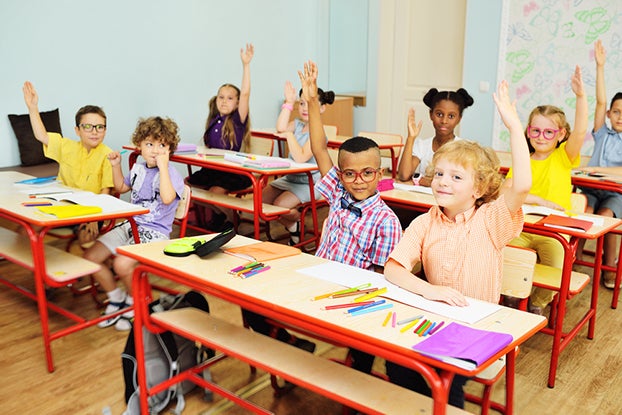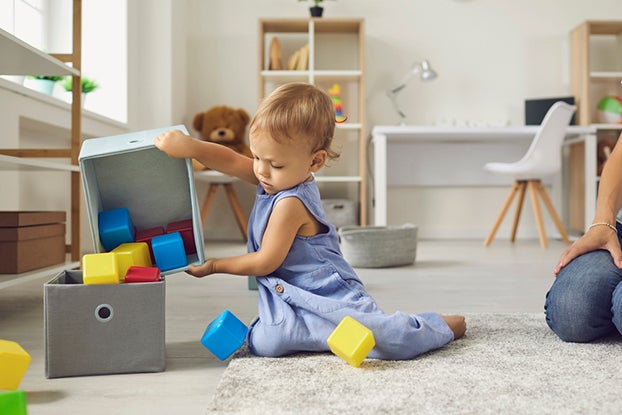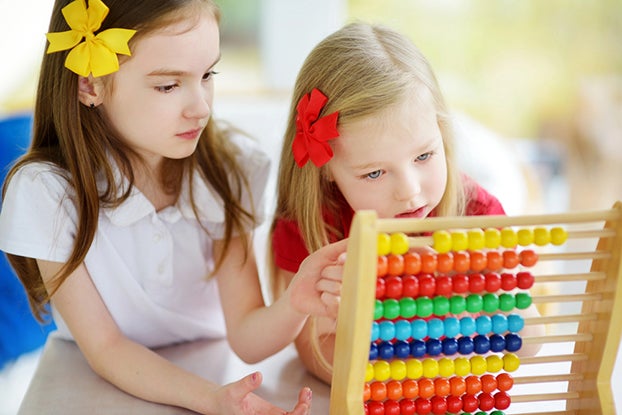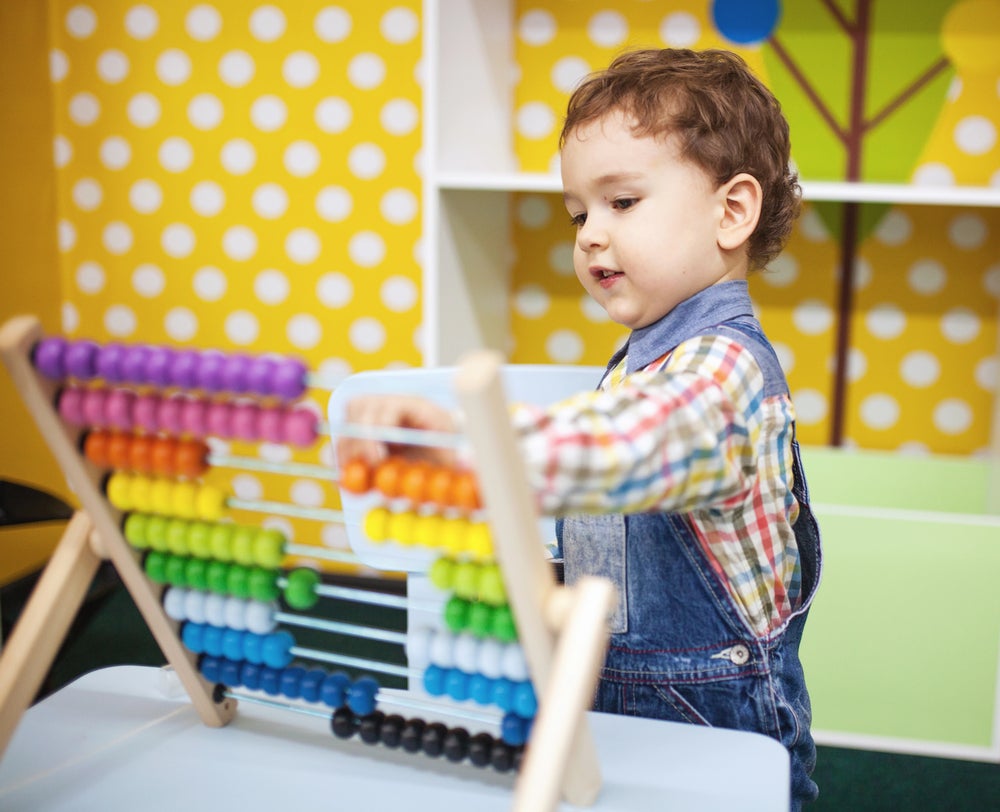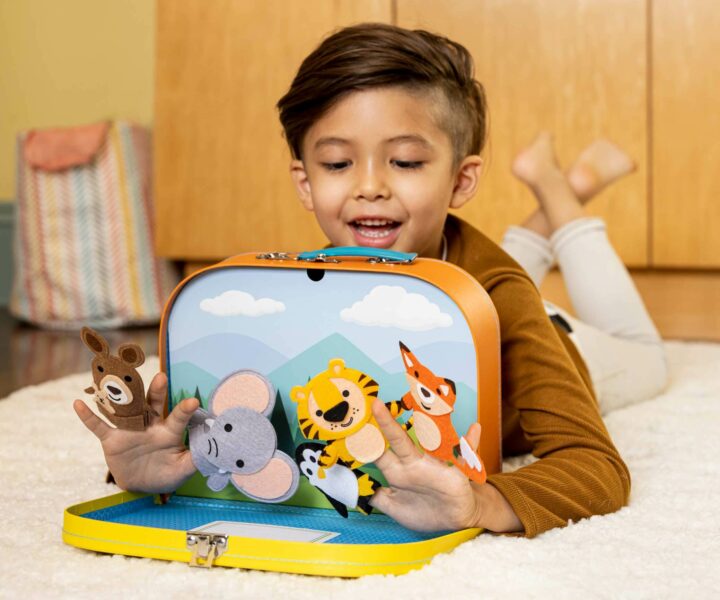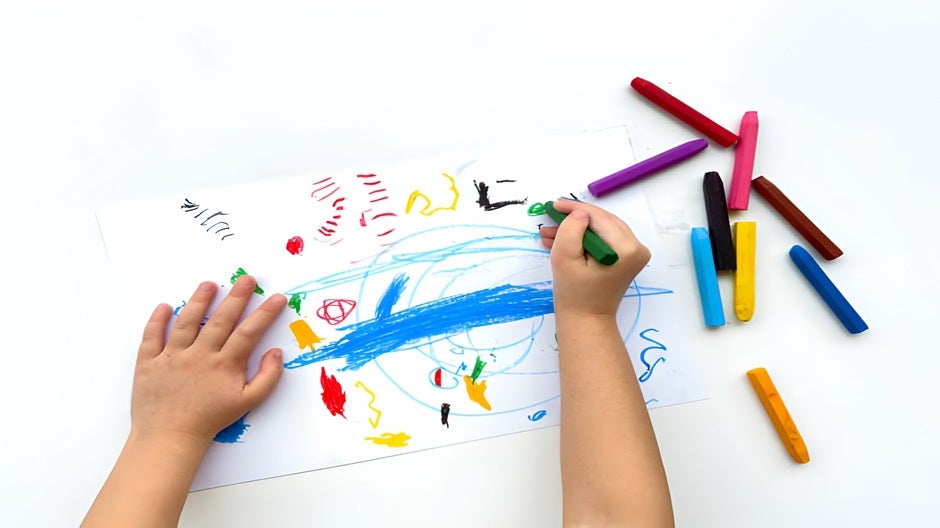Here’s a riddle: I’m something preschoolers, kindergarteners, and elementary students can do. I help kids develop self-control, working memory, flexible thinking, and other essential skills. I’m also really, really fun and don’t take long. What am I?
The answer is critical thinking activities for kids! You probably guessed that based on the title of this page. But kids aren’t born with that ability (try reading the riddle to a 4-year-old and see what happens!). They have to practice to develop it.
Luckily, there are a lot of fun ways to help them, and they don’t take long. Thinking about trying a few critical thinking activities with your kids? We’re here to help.
The Short Cut
- Critical thinking is one of the 5 C’s that help kids thrive in school and life (an essential part of the Begin Approach to learning)
- Strong critical thinking abilities have been linked to better grades, higher workplace performance, and less credit card debt
- Good critical thinking activities often involve following rules, breaking tasks into sequences, asking questions, and understanding multiple perspectives
- Games are a GREAT way to develop critical thinking with kids!
Why Is Critical Thinking Important?
Critical thinking is the ability to make decisions and analyze information. For kids, it includes:
- Recalling short sequences of information and simple instructions
- Ignoring distractions to focus on a task
- Thinking computationally and coding
- Grasping the differences between sources of information
- Reasoning using logic
- Making connections between things
Kids need critical thinking because it helps them understand the world and make good choices, especially as they get older.
At age 2, they can get by following simple rules like “sit in your chair at the dinner table.” But by age 5 or 6, they’ll be solving problems, following complex rules in kindergarten and elementary school, and making decisions based on varying and sometimes conflicting information. (“My friend told me it’s OK to use these scissors. My teacher told us we should always ask her first unless she gives them to us. At home I can use scissors without asking because I’m always careful with them. I’m at school. What do I do?”)
Critical thinking only becomes more important from there. It’s one of the most highly valued skills in the workplace, and people with strong critical thinking skills tend to experience fewer negative life events in adulthood.
In short, it matters a lot!
5 Quick, Easy Critical Thinking Activities for Kids
Teaching critical thinking to kids is a blast, and it doesn’t take long. Here are five of our favorite activities to help kids get better at it.
1. Simon Says
This classic childhood game is great for developing critical thinking for kids from preschool through elementary school. We love it because you can break it out almost anywhere, anytime—all you need is a little space!
What You Need
- Enough space for kids to move around and follow your directions
What to Do
- Explain to the kids that you’ll be giving them directions by saying, “Simon says…” and that the goal of the game is to remember the directions, do them in the right order, and not do them if you don’t say “Simon says…” first
- Give the kids a simple direction, like “Simon says, ‘Stick out your tongue’”
- As the game progresses, add longer and more complicated strings of directions, like “Simon says, ‘Stick out your tongue, then stand on one foot, then clap your hands one time’”
- Help the kids work on paying attention by mixing in some directions without “Simon Says,” like “Jump up and down!” and seeing if they remember the rules!
This game uses working memory (to remember the instructions) and self-control (not to jump if you didn’t say “Simon Says!”), among other skills.
2. Robot Commander
If you have a little more time to prepare, you can try this more imaginative version of Simon Says from codeSpark, our award-winning app that develops critical thinking for kids ages 5–9 through fun, coding-based games. Your kids will have a blast while learning some of the building blocks of computational thinking!
What You Need
- This printable
- Space for kids to move around and follow commands
- 3 or more players
What to Do
- Print out the Robot Commander printable
- Designate one player as the Commander and the others as Robots
- Show the Commander and Robots the actions on the printable and explain what they mean
- Have the Commander draw out a short sequence of actions, then the Robots act them out
- Add new commands using the blank shapes on the printable
- Have the commander “program” longer and longer sequences, then switch roles so everyone gets a chance to try!
For even more fun, have the “robots” dress up in costumes!
3. Grid Game
The grid game has a simple goal: Follow instructions to get through a grid and reach a goal. It gives kids a chance to work on sequencing (breaking a task into a sequence of shorter actions, then following it), working memory, ignoring the impulse to rush straight for the goal, and following rules—all while moving their bodies and having fun!
What You Need
- Large space on the floor, sidewalk, or ground
- Masking tape, chalk, or string to make a grid
- Item to place in the grid as a goal
What to Do
- Use the tape, chalk, or string to create a 4×4, 5×5, or 6×6 grid in your play space—the larger the grid, the more difficult the game becomes
- Place the goal item somewhere in the grid
- Have your child stand in the lower-left grid space, then follow your directions to reach the goal item. To cross a small grid, your instructions might sound like this: “Take one step forward. Take two steps to your right. Take one step forward.”
- When they reach the goal, celebrate!
To stretch the game out even more, switch roles and ask your kid to come up with a set of directions for you to follow! It may not seem like it, but this kind of sequencing is a basic computational thinking skill that will one day help them learn to code!
4. Mail Delivery
Critical thinking isn’t just about following directions—it can also be imaginative and fun! This activity develops working memory while stretching kids’ Creativity (another of the 5 C’s) through pretend play.
What You Need
- Handwritten letters or notes to make pretend mail (you can use ones you have on hand, write some out, or just use blank paper)
- 5–10 toy “friends” (dolls, action figures, stuffed animals, etc.)
- Bag, basket, or toy vehicle for putting letters in (optional)
What to Do
- Ask your child to gather their “friends” and place them around the room in different “homes”
- Assign each of the letters to a “friend”
- Have your child deliver the “mail” (using the bag, basket, or toy vehicle if you have one)
More Ways to Play
This activity is fun all on its own (we’ve seen some kids play it for hours), but there are lots of ways to stretch it to include more critical thinking abilities and Core Skills (another of the 5 C’s) like counting, reading, and writing. You can try:
- Numbering the “friends” and delivering their mail in numerical order
- Delivering the mail in order from largest “friend” to smallest
- Asking older kids to draw a map of the pretend neighborhood with addresses and street names, then put each letter in an envelope, address it, and deliver it to the right house
- Placing the “friends” all over the house and timing how long deliveries take, then experimenting to see what the fastest route is!
5. Make a Story Box
This is another great activity for blending Creativity (storytelling), Critical Thinking (sequencing and working memory), and Core Skills (story structure). It can be so satisfying to watch a kid’s imagination take flight!
What You Need
- A box, bowl, or basket
- 5–6 child-safe toys or household items
What to Do
- Place 5–6 items in the box
- Invite your child to make up a story using all of the items in the box
Tip: Kids ages 5 and under can make up the story as they go (“Umm…then the monkey jumps on the dump truck and drives it!”), but starting at age 6 you can challenge them to plan out their whole story before they start to tell it.
More Ways to Play
- Invite kids to collaborate on the story by taking turns planning what happens next
- Use familiar dolls, toys, or stuffed animals to provide characters for the story
- For a twist, let the kids pick some favorite toys, then surprise them by including things they don’t usually play with, like a bandage, toothbrush, or hat
- Ask the kids if you can have a turn—they’ll learn a lot from seeing how you construct a story!
More Critical Thinking Activities from Begin
Because critical thinking is such an essential skill set, at Begin we build it into many of our award-winning, play-based learning products. It might look like sequencing-based coding games in codeSpark, memory activities in HOMER, or 1-on-1 support through KidPass Tutors, but no matter where you find it, it’ll help your kids learn while having a blast.
To see how our products come together to give your child their best start to achieving their fullest potential, check out our Early Learner Bundle!
